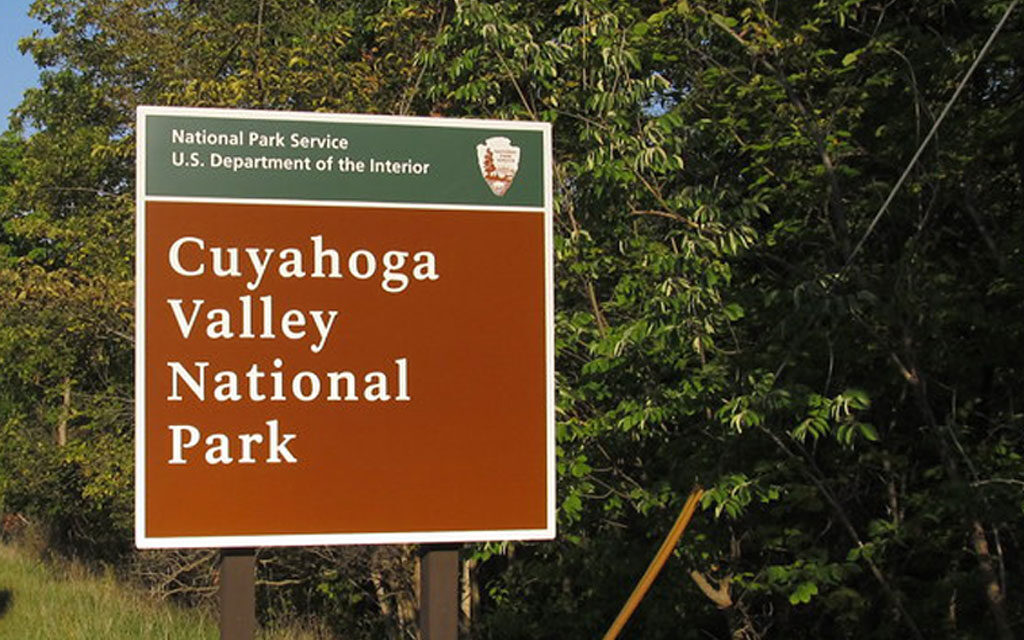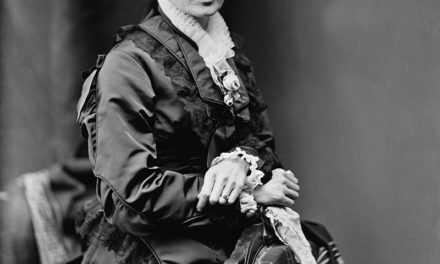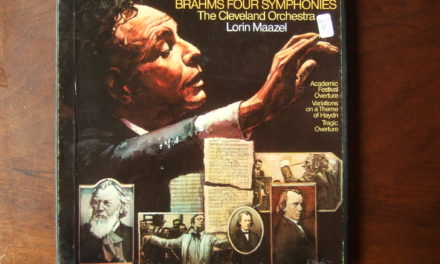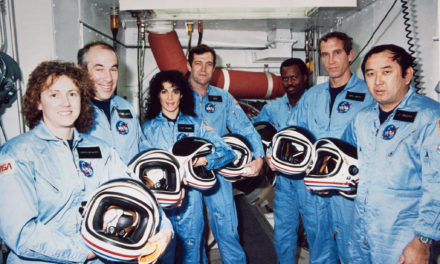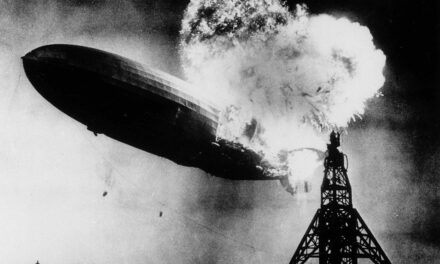CLEVELAND HISTORY
Establishment of the Cleveland Foundation (February 24, 1914): The Cleveland Foundation was established, becoming the world’s first community foundation. Its creation marked a significant innovation in philanthropy, focusing on pooling donations from Cleveland’s citizens to fund various community projects and addressing local needs. It has since become a model for similar institutions globally.
Opening of the Cleveland Museum of Art (February 25, 1916): The Cleveland Museum of Art opened its doors to the public for the first time. Renowned for its substantial collections spanning continents and centuries, this museum has played a crucial role in the cultural and educational life of Cleveland, offering free access to the public and enriching the community.
First Manufacturing Show in Cleveland (February 26, 1922): Cleveland hosted its first manufacturing show, reflecting the city’s burgeoning role as a center for industrial innovation and manufacturing in the early 20th century. This event underscored Cleveland’s economic transition and its importance in American manufacturing history.
Completion of the Terminal Tower (February 28, 1930): Terminal Tower, one of Cleveland’s most iconic landmarks, was officially completed. Standing as one of the tallest buildings outside New York City at the time of its completion, Terminal Tower remains a central piece of Cleveland’s skyline and a symbol of its historical economic strength.
Launch of the Cuyahoga Valley National Park (March 1, 1974): The Cuyahoga Valley National Park was established near Cleveland, protecting over 32,000 acres along the banks of the Cuyahoga River between Cleveland and Akron. This park not only preserves natural resources but also offers recreational activities and serves as a green sanctuary for urban populations.
WORLD HISTORY
Pope Gregory XIII Announces the Gregorian Calendar (February 24, 1582): Pope Gregory XIII introduced the Gregorian calendar to replace the Julian calendar, which had become increasingly inaccurate over the centuries. The Gregorian calendar implemented a new method for calculating leap years and omitted 10 days from October 1582 to realign the dates with the seasons. This reform was crucial for improving the accuracy of timekeeping and is the calendar system used globally today.
Patenting of the Revolver by Samuel Colt (February 25, 1836): Samuel Colt received a U.S. patent for his invention of the revolver, a firearm capable of firing multiple rounds without reloading. Each chamber in the revolver’s rotating cylinder could hold a bullet, allowing for successive shots. Colt’s innovation significantly impacted personal defense and military operations, transforming the dynamics of firearms use with its reliable, repeatable action.
First World Trade Center Bombing (February 26, 1993): A truck bomb exploded in the underground garage of the North Tower of the World Trade Center in New York City. The attack was carried out by terrorists aiming to cause significant destruction to a major American symbol. Six people were killed, and over a thousand were injured, highlighting security vulnerabilities in high-profile urban centers and setting the stage for future anti-terrorism measures.
Discovery of DNA’s Double Helix Structure by Watson and Crick (February 28, 1953): James Watson and Francis Crick discovered the double helix structure of DNA, which they modeled using data from Rosalind Franklin’s X-ray diffraction images. This discovery revealed how DNA replicates and how genetic information is encoded. It laid the groundwork for significant advances in genetics, biotechnology, and medical research, fundamentally changing the scientific understanding of life and heredity.
Maiden Flight of the Concorde (March 2, 1969): The Concorde, developed jointly by aircraft manufacturers in Great Britain and France, made its first test flight, showcasing its capability to travel at speeds exceeding the sound barrier. The Concorde later entered service as one of the only two supersonic transports ever operated commercially, symbolizing a peak in luxury air travel and technological achievement in aviation.

